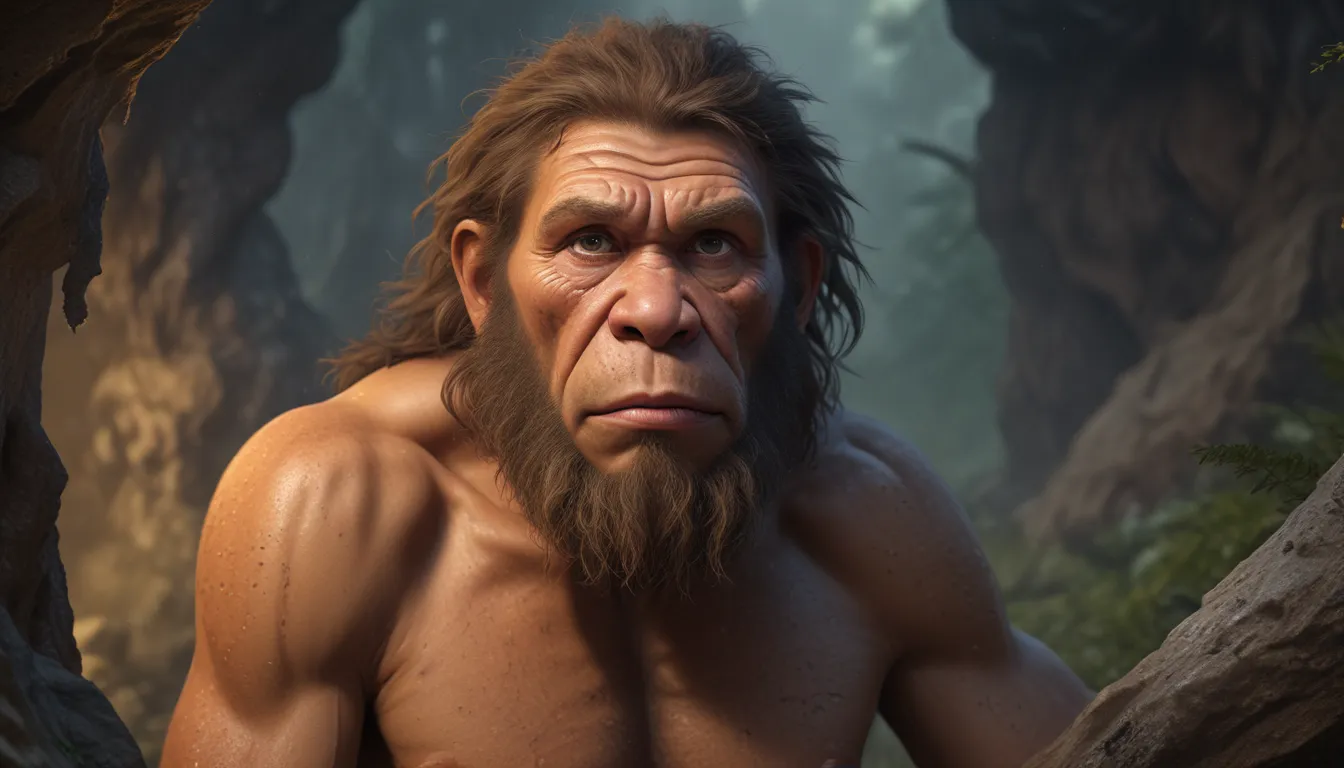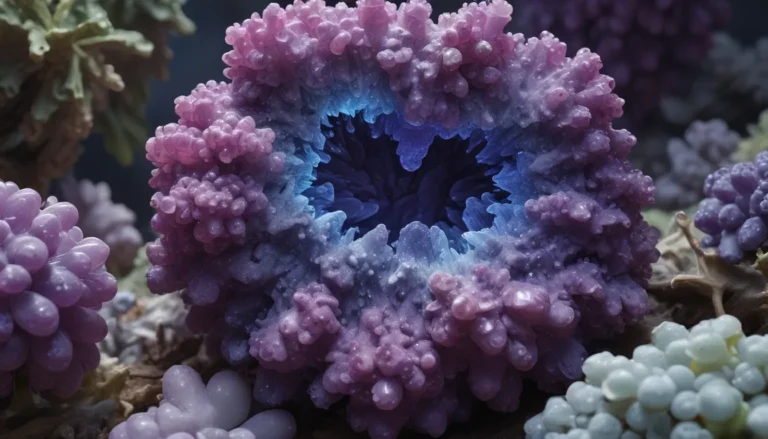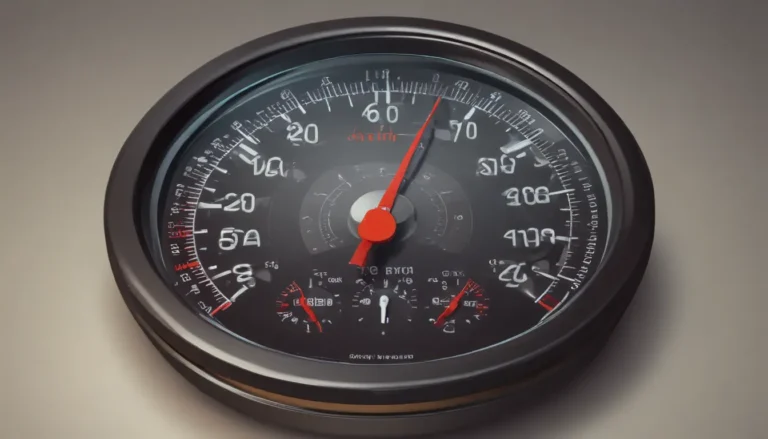A Note About Images: The images used in our articles are for illustration purposes only and may not exactly match the content. They are meant to engage readers, but the text should be relied upon for accurate information.
Welcome to the fascinating world of Neanderthals, our closest extinct relatives whose intriguing legacy continues to captivate modern science. Dive into the wealth of knowledge about these smart, skillful, and strong ancient humans who roamed the Earth alongside modern humans, leaving behind a legacy in our genetic makeup that still resonates today. Let’s embark on a journey to uncover the truth behind the misconceptions and discover the real Neanderthals beyond the stereotypes.
Unveiling the Neanderthals
Neanderthals, known scientifically as Homo neanderthalensis or Homo sapiens neanderthalensis, diverged from modern humans around 315,000 to 800,000 years ago. They roamed the Earth in small populations, displaying unique physical features such as large noses, sloping foreheads, and reduced chins. Contrary to popular belief, Neanderthals were not primitive but rather behaviorally similar to modern humans. In fact, they possessed larger brains than present-day humans, with some even sporting red hair, a genetic trait that still echoes in some modern humans today.
Living with Neanderthals
Neanderthals were not the solitary, brutish beings portrayed in media but rather social creatures who lived in close-knit groups of 10 to 30 individuals. They showcased remarkable skills in hunting, crafting sophisticated tools from animal bones and stone, and even utilizing fire for cooking and warmth. Like us, they enjoyed arts and crafts, made clothing from animal hides, and practiced early forms of medicine to treat injuries and illnesses. Surprisingly, Neanderthals exhibited a level of compassion, caring for the disabled, elderly, and young within their communities.
Neanderthals and Modern Humans
One of the most intriguing aspects of Neanderthals is their genetic legacy in modern humans. Through interbreeding with our ancestors, they left behind a lasting imprint in our DNA, with an average of 1–4% Neanderthal DNA in non-sub-Saharan Africans. This genetic exchange provided advantages such as immunity boosts and aided in adapting to diverse environments. However, it also came with its share of disadvantages, influencing traits related to health conditions like depression and allergies.
The Fate of the Neanderthals
While the exact reasons for their extinction remain a subject of debate, it is clear that modern humans played a significant role in the decline of Neanderthals. Competition for resources, interbreeding with other human species like Denisovans, and possible violent clashes contributed to their demise. Despite their cultural sophistication and survival strategies, Neanderthals eventually succumbed to a combination of factors including climate change, natural disasters, and their small population size.
Rediscovering Neanderthals: Myth vs. Reality
Many misconceptions surround Neanderthals, from their supposed hunched backs to their apelike voices. However, recent scientific discoveries have debunked these myths, revealing a complex and intriguing human species with capabilities akin to modern humans. By reevaluating their lifestyle, social structures, and interactions with other human species, we gain a newfound appreciation for the rich tapestry of Neanderthal life.
Exploring the Legacy of Neanderthals
As we delve deeper into the world of Neanderthals, we uncover a treasure trove of knowledge that sheds light on our shared history. From their innovative tools and clothing to their artistic expressions and caring societies, Neanderthals left behind a profound legacy that continues to intrigue and inspire us today. By embracing the truth behind the stereotypes, we honor the memory of our ancient relatives and celebrate the remarkable story of the Neanderthals.
In conclusion, the legacy of Neanderthals serves as a reminder of the interconnectedness of human history and the resilience of our ancestors in adapting to diverse environments. As we unravel the mysteries of Neanderthals, we gain a deeper understanding of our shared past and the remarkable journey that has shaped the human experience. Join us on this enlightening exploration of the Neanderthals and discover the fascinating world of our ancient relatives.






